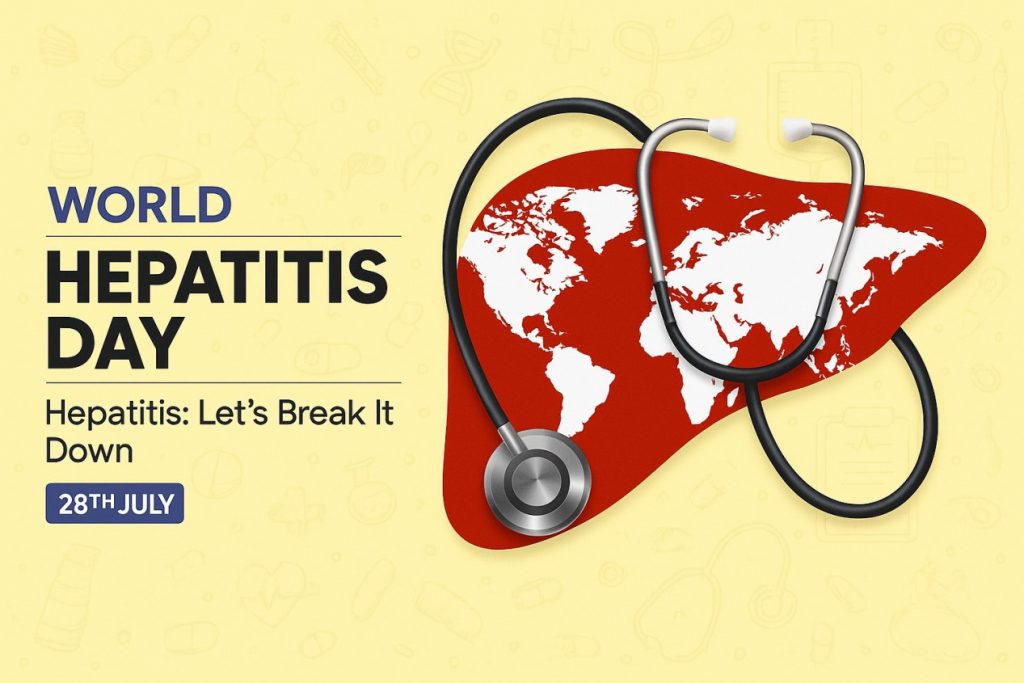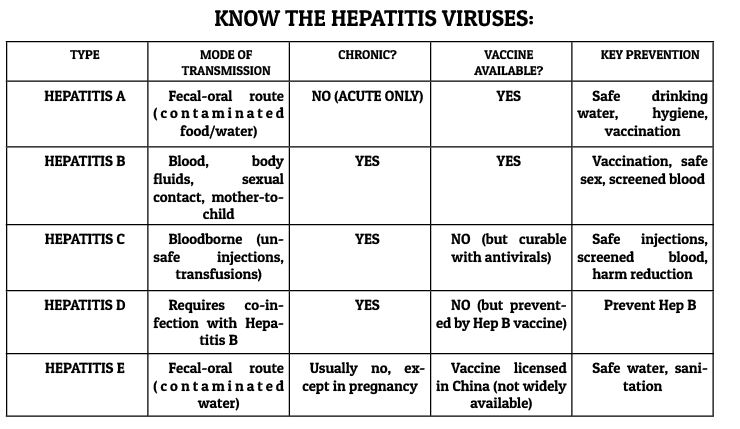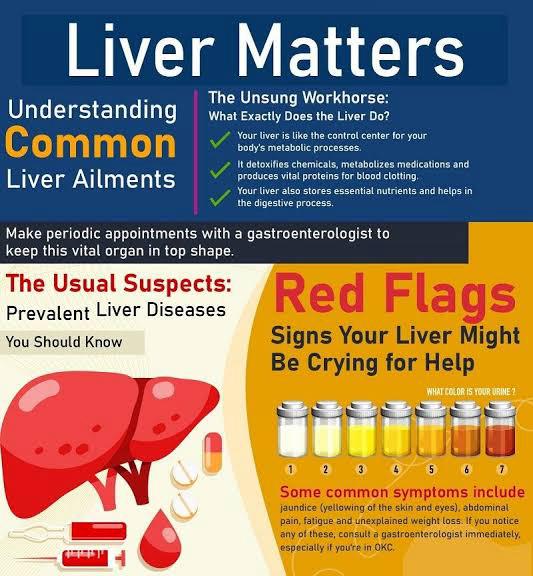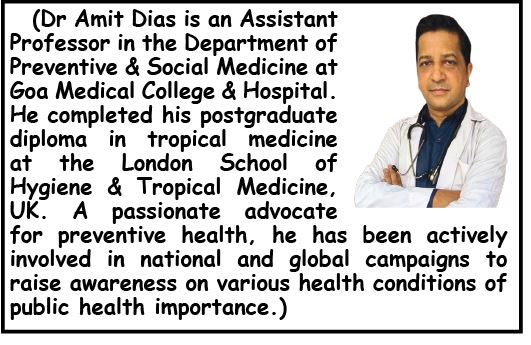Goa is abuzz with excitement as vintage bike and car owners, users, collectors and fans are decking […]

HEPATITIS : LET’S BREAK IT DOWN A World Hepatitis Day Special!By Dr Amit Dias, MD
July 26- Aug 01, 2025, MIND & BODY, HEART & SOUL July 25, 2025Every year on July 28 the world unites to raise awareness on hepatitis. This year’s theme – let’s break it down, is an opportunity for all of us to simplify the complexities surrounding this disease and break down the myths stigma and barriers to testing and treatment. “Though we have many more drugs available for the management of hepatitis, prevention is always the best option” says Dr Dias in this informative article.
HEPATITIS, or “kamin” as it is locally called, is a silent but deadly disease that damages the liver and causes more than a million deaths annually. Every year July 28 is observed as World Hepatitis day, a global campaign to raise awareness about viral hepatitis, This date was chosen in honor of the birthday of Dr Baruch Blumberg, the Nobel prize-winning scientist who discovered the hepatitis B virus and developed its vaccine.
In 2025, the theme — “Hepatitis: Let’s break it down” — calls for urgent action to dismantle the barriers — financial, social, and systemic—that prevent people from accessing testing, treatment, and vaccination. The campaign emphasizes that hepatitis doesn’t have to be a silent killer — it is preventable, treatable, and in the case of hepatitis C, curable. Though we now have drugs for the management of hepatitis, prevention still remains the best option.
Why is hepatitis a global health priority?
The liver is one of the body’s most vital organs, performing over 500 essential functions, including detoxification, immunity, and energy storage. Hepatitis —an inflammation of the liver — can be caused by viruses, alcohol, toxins or autoimmune conditions, but viral hepatitis remains the most common and dangerous.
The World Health Organization (WHO) has set a bold target to eliminate viral hepatitis as a public health threat by 2030. Yet, millions remain undiagnosed and untreated due to stigma, lack of awareness, and poor access to healthcare.
Know the hepatitis viruses: A quick guide.
Hepatitis viruses are named A, B, C, D, E & G. Though they all attack the liver, they differ in how they spread, the severity of illness they cause, and whether they lead to chronic infection.

Why should hepatitis be treated early?
The problem is that hepatitis can be silent for years, damaging the liver without noticeable symptoms. By the time symptoms like jaundice, fatigue, abdominal pain and nausea appear, the liver may already have suffered serious injury.
If left untreated, chronic hepatitis B and C can progress to cirrhosis (scarring of the liver), liver failure, or hepatocellular carcinoma (liver cancer). Globally, viral hepatitis is among the leading causes of liver cancer deaths.
The good news? Hepatitis B can be prevented with a safe vaccine, and hepatitis C can now be cured with highly effective antiviral drugs. Early testing and treatment save lives.
Breaking barriers
The theme — “Hepatitis: Let’s Break It Down”– is about making hepatitis services simple, accessible, and stigma-free. It urges governments and healthcare systems to:
Expand vaccination programs – starting with the birth dose of hepatitis B vaccine, which prevents mother-to-child transmission.
Increase testing and screening – because millions remain undiagnosed.
Ensure affordable treatment – lifesaving antivirals should reach everyone in need.
Integrate services – hepatitis care must be linked with routine healthcare, HIV programs, and maternal care.
Tackle stigma and misinformation – so people aren’t afraid to seek help.
The WHO calls for 90% of people to be screened and 80% of those infected to receive treatment by 2030.
How can YOU prevent hepatitis?
Get vaccinated – for Hepatitis A and B.
Practice safe food and water hygiene – avoid contaminated food and drinks.
Use only sterile needles and equipment – unsafe injections spread hepatitis B and C.
Ensure blood safety – only receive screened blood transfusions.
Practice safe sex – use condoms to reduce risk.
Get tested if you’re at risk – early detection saves lives.
Avoid sharing razors or personal items that may have blood.

The road to elimination by 2030
The National Viral Hepatitis Control Programme (NVHCP), launched by the Government of India, in 2018, offers free testing, treatment, and vaccination. The program has already saved thousands of lives, but more people must come forward to get tested and vaccinated.
Globally, efforts to simplify hepatitis treatment — like single-pill cures for hepatitis, have been showing promising results. Better drugs and treatment options are now available to deal with the disease and the goal of a hepatitis-free future is within reach, but it requires collective action NOW.
This year’s call to action
• Chronic hepatitis doesn’t wait – so neither should we.
• Expectant mothers must get screened.
• People living with hepatitis deserve affordable care.
• Children need timely vaccination to stay protected.
By breaking down the barriers of stigma, cost and lack of awareness, we can end hepatitis as a public health problem by 2030.
















